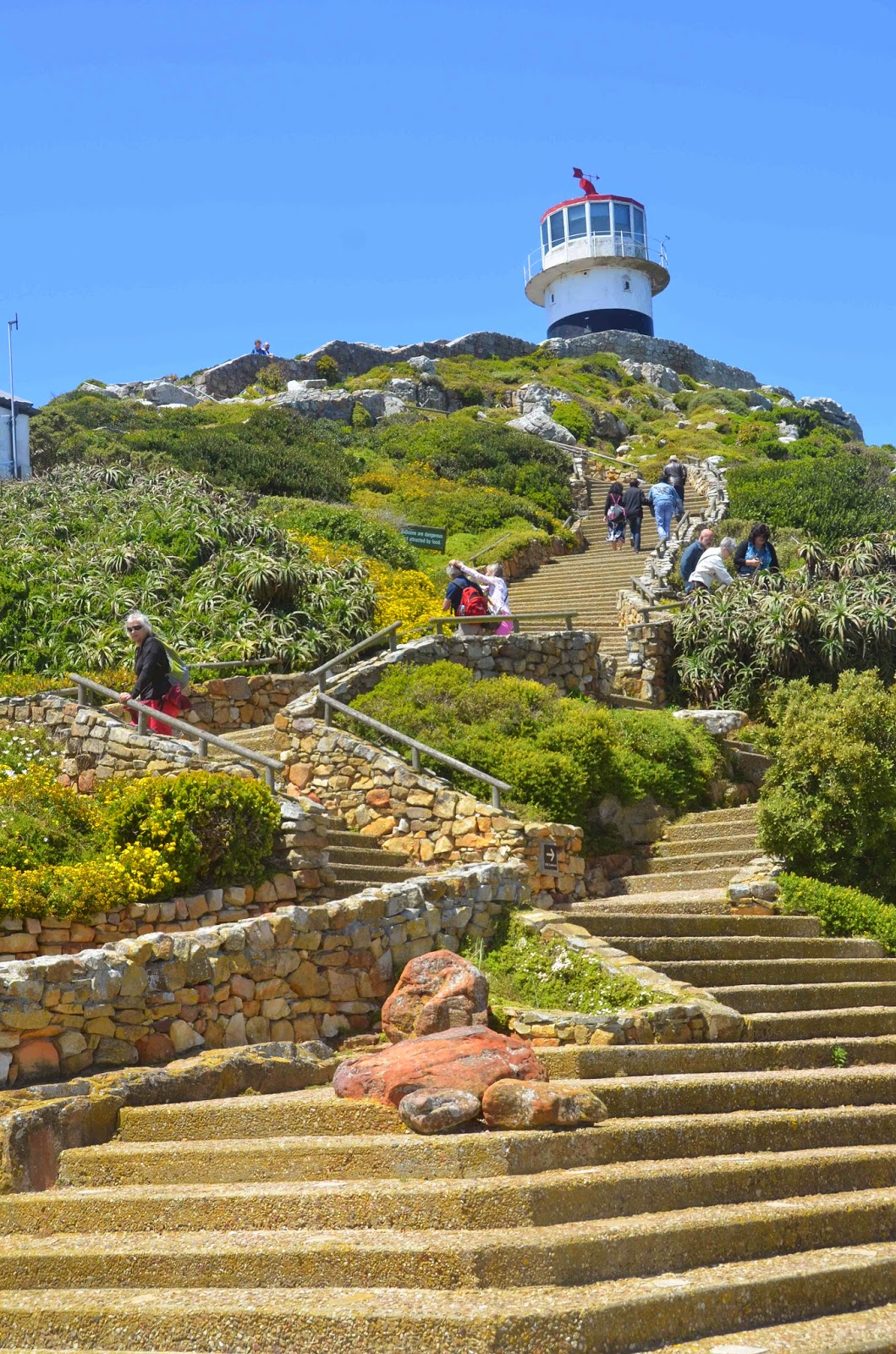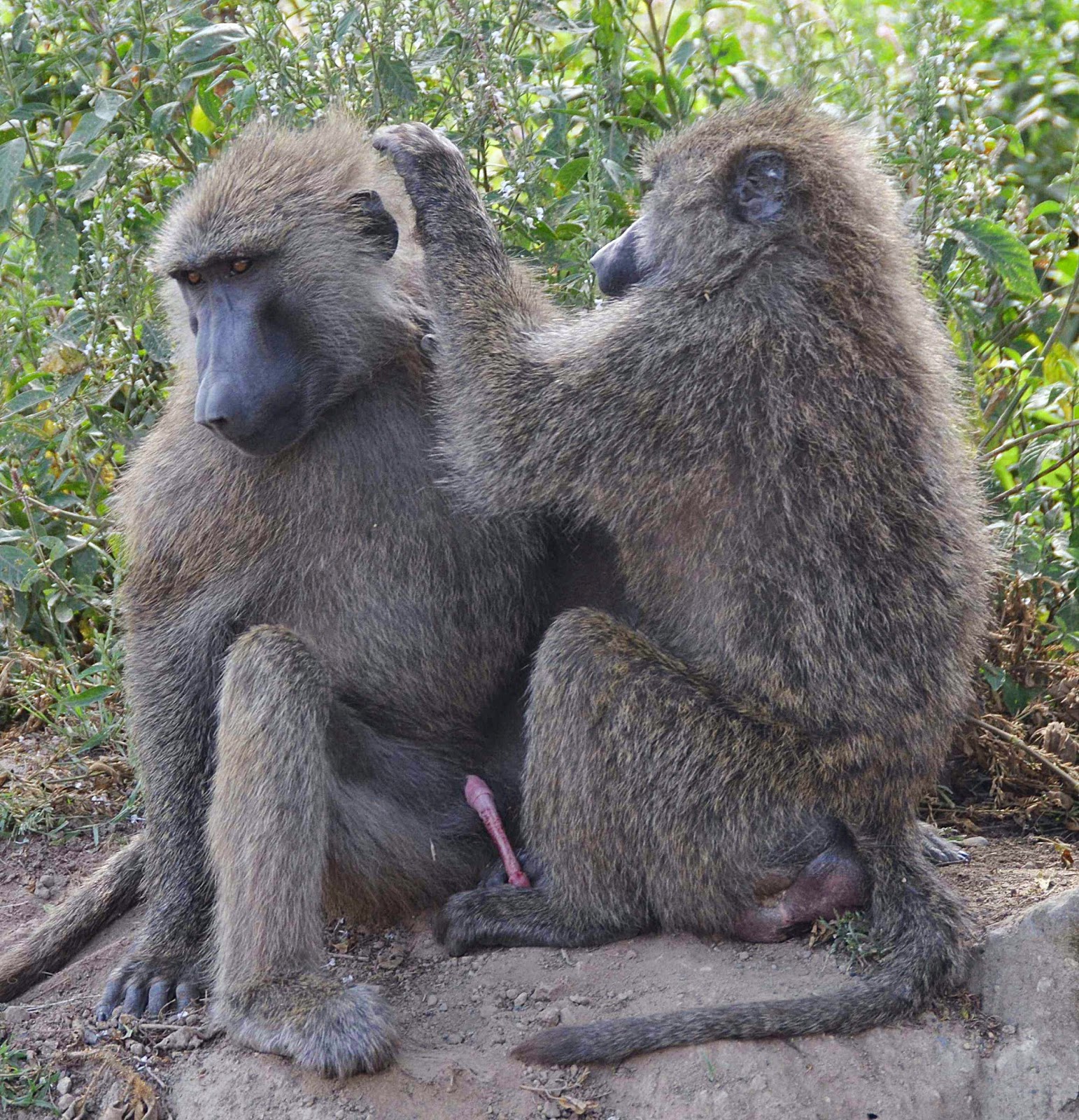Sound exciting? Well it didn't happen. You never know what life is going to throw up at you, and our last 48 hours in Africa certainly proved eventful.
We were travelling in our 4x4 truck/coach from the Etosha National Park to Windhoek, the capital of Namibia. We stopped in the largish town of Otjiwaarongo for a 15 minute coffee break. It was here that I committed the cardinal sin of international travel.
I had already started shifting items from my suitcase to my back pack so that it could be taken on the plane as hand luggage. Also, I had been lulled into a false sense of security due to the friendliness and cosmopolitan nature of Namibia. Lastly, the coach had become the de-facto safe storage place - it could be locked but the tent could not.
Therefore, basically everyone jumped off the coach assuming that one of the three staff would stay with it. On this occasion it didn't happen, and three youths broke the lock on the coach, grabbed the first three bags at the back (the door is at the back) and ran down the street. Of course, one of those bags was mine. It included my passport, laptop, iPad, camera, photo back-up and travel and personal documents gathered during the year away.
What can I say - how stupid was that? After ten months of keeping my documents in my travel pants, I let my guard down in lovely Namibia. It's a lesson to all travellers.
Anyway, after police reports and much consolement from the others, we continued on to Windhoek.
But here's the thing. At 6 pm last night I was hugging my daughter instead of visiting the pyramids - and I think that where I was just happened to be the better place.
Africa has taught me a great deal. It seems presumptuous to try and sum up life's priorities, but here is my current personal list (not that I have achieved them all!):
1. A loving, supportive partner who you can depend upon at all times (I do have this one).
2. A purpose in life and a hope for the future. For me this has a spiritual answer.
3. The ability to focus on the positive side of life's experiences (queue Monty Python song).
4. The realisation that we are all imperfect, and stumble through each day as best we can.
5. Family, friends and "angels" you meet along the way.
6. The utter importance of helping others whenever you can.
7. Unfortunately, the realisation that (just like ourselves) others aren't always the people they profess to be. When you find genuine, loving, selfless, giving people, keep them close.
Back to the story:
Being in a foreign country without a passport is quite scary. You are literally trapped and cannot solve the problem alone.
Once in Windhoek we contacted the Australian embassy in South Africa and they put us through to the Honourary Australian Consul in Namibia (a part-time position held by Ed Humphries, an Australian businessman living in Namibia).
Ed, ironically, was away in Kenya. His wife Aino (our Namibian "angel") answered the phone, listened to our woes and could not have been more helpful. She made phone calls, liaised with Jo'burg and Canberra, taxied us around, faxed information and found us accommodation.
Initially it looked like two days in Windhoek, permission to travel to Johannesburg, and three days there to organise an emergency Australian passport.
In reality, the British High Commission in Windhoek stepped in and organised a British passport
within 6 hours. Bernice at the BHC also phoned her travel agent and found us flights back to Australia the next day at a good price!
within 6 hours. Bernice at the BHC also phoned her travel agent and found us flights back to Australia the next day at a good price!
So we are back in Newcastle with our beautiful family. I hope to obtain a replacement passport ASAP and we may still get to complete the European and North American legs of our proposed return trip home.
The thieves have been apprehended and are in a police lock-up. None of the items stolen from the three tourists have, as yet, been recovered. My prayer is that somehow I will be able to get my photographs back. The goods don't mean much but the images of the countries and friends in Africa are truly valuable.
There's so much more I could say, although my thoughts are still a bit scrambled. The bottom line is that in all events there is a positive side if you choose to concentrate on it.
P.S. On our last evening in Namibia we invited Aino and her 6 year old daughter Jessica back to our B&B for afternoon tea. It was like we had known them for years, we spoke about places in Australia that we had both visited and Jessica took a real liking to Des. So much so that by the end of the visit she was constantly hugging and kissing her. Who would have thought that after a disaster like this we would have been blessed with such help, support and friendship. God is truly alive in the people you meet - those who give you help and touch your hearts. These are the precious things in life.
Selah.



















































